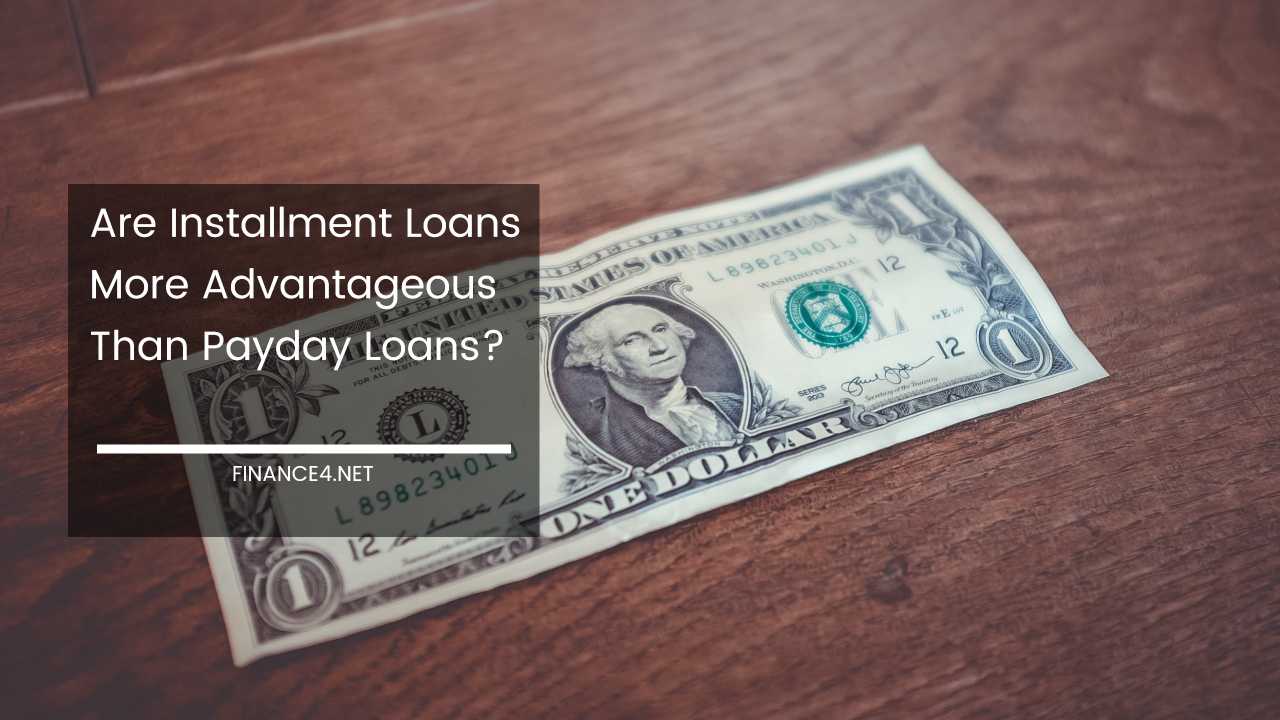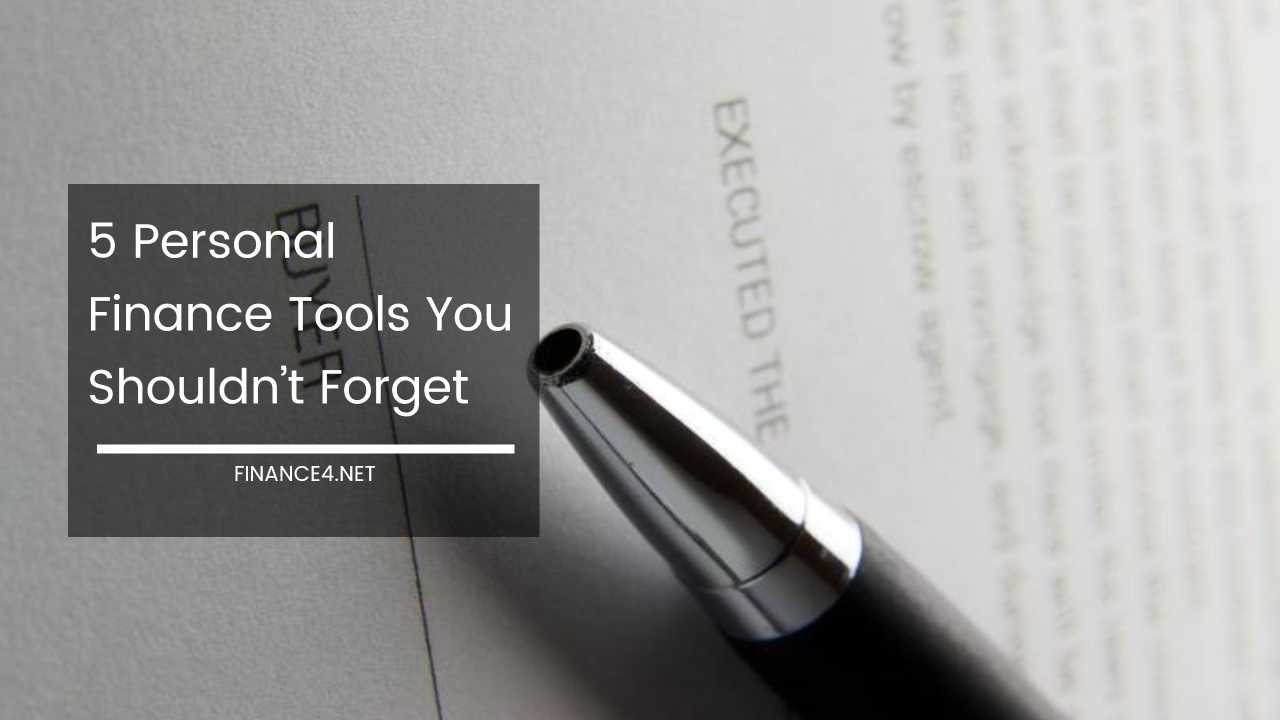Unsecured Personal Loans – The Last Recovery Option before Filing for Bankruptcy

Unsecured Personal Loans: Navigating the Financial Tightrope
Financial emergencies are a fact of life. Whether it’s a sudden medical bill, a car repair, or a major appliance breakdown, unexpected expenses can throw your budget into disarray.
In these situations, unsecured personal loans can appear as a tempting lifeline. However, before you jump into this financial tool, it’s crucial to understand its intricacies, potential benefits and drawbacks, and explore alternative solutions to make an informed decision.
Unveiling Unsecured Loans: A Double-Edged Sword
Unlike secured loans that require putting up collateral like your house or car, unsecured personal loans rely solely on your creditworthiness to determine approval and interest rates.
This translates to a faster application process and potentially easier access for borrowers with less-than-perfect credit. However, this convenience comes at a cost.
The Allure of Accessibility and Flexibility
-
Faster Application and Approval: Compared to secured loans with stricter requirements and appraisals, unsecured loans often boast a quicker application and approval process. This can be a significant advantage when facing time-sensitive financial emergencies.
-
Versatility in Use: The funds from an unsecured loan offer flexibility. Unlike targeted loans restricted for specific uses like education or home improvement, unsecured loans provide borrowers with more control over how they manage their finances. You can use the funds for various purposes, from consolidating high-interest credit card debt to making a critical home repair.
-
Credit Repair Potential: Making on-time payments on your unsecured loan can positively impact your credit score. This is beneficial for individuals rebuilding credit after a setback or young adults establishing their credit history. Consistent and timely repayments demonstrate responsible borrowing behavior, which lenders find attractive.
The Pitfalls of High Interest Rates and Debt Burden
-
Beware the Interest Bite: Be prepared for the sting of higher interest rates. Unsecured loans typically come with significantly higher interest rates than secured loans. This can significantly increase the total cost of borrowing over the loan term. Imagine borrowing $10,000 with a 20% interest rate compared to a 5% rate on a secured loan. The difference in total repayment can be staggering, adding thousands of dollars to the overall cost.
-
Debt Management Dilemma: Adding another debt obligation to your financial plate can be stressful and strain your budget if not managed responsibly. Before taking out an unsecured loan, create a realistic budget to ensure the monthly payment fits comfortably within your income. Remember, missing payments on an unsecured loan can severely damage your credit score.
Exploring Alternatives Before the Loan Leap
Before diving headfirst into unsecured loans, consider these alternative solutions that might provide financial relief:
-
Emergency Fund: Your Financial Lifeline: Having an emergency fund is the ideal first line of defense against unexpected expenses. Aim to build a savings buffer equivalent to 3-6 months of living expenses. This safety net can help you weather financial storms without resorting to debt. If you haven’t built one yet, start small by allocating a portion of your income towards savings each month.
-
Negotiation is Key: Don’t be afraid to negotiate with creditors or service providers directly. Explain your situation and explore possibilities for lower monthly installments or extended payment plans. They might be willing to work with you, especially if you have a history of on-time payments.
-
Borrowing from the Closest Circle (with Caution): Borrowing from friends or family can be an option, but proceed with caution. Ensure clear communication regarding terms, interest rates (if applicable), and repayment expectations to avoid jeopardizing relationships. Put a formal agreement in writing to maintain transparency and avoid misunderstandings.
-
Government Assistance Programs: A Helping Hand: Depending on your specific situation, government programs might offer financial aid for specific needs such as medical bills, housing assistance, or food stamps. Research available programs in your area. These programs can provide much-needed support during challenging times.
Responsible Borrowing: A Compass for Financial Navigation
If, after considering alternative solutions, an unsecured loan still seems like the best option, take time to be a discerning borrower. Here’s what to consider:
-
Shop Around for the Best Rates: Don’t settle for the first offer you receive. Compare interest rates (APRs) and loan terms from different lenders. Online aggregators can be a helpful tool for this initial comparison. Remember, even a small difference in interest rate can make a significant impact on the total cost of your loan.
-
Understanding Loan Terms: Read the fine print! Look at the repayment period, any origination fees, prepayment penalties, and late payment fees associated with the loan. Longer terms might mean lower monthly payments but accrue more interest in the long run. Choose a loan term that fits your budget and allows you to pay off the debt within a manageable timeframe.
- Eligibility Requirements: Ensure you meet the lender’s credit score and income requirements to avoid a loan rejection that could negatively affect your credit with a hard inquiry. Building a relationship with a local bank or credit union can sometimes provide more flexibility with eligibility requirements compared to larger online lenders.
-
Building a Strong Application: Present yourself as a responsible borrower by gathering the necessary documents like pay stubs, bank statements, and proof of employment. A strong application with a clear repayment plan increases your chances of loan approval and potentially secures a more favorable interest rate.
Beyond the Loan: A Commitment to Financial Wellness
Taking out an unsecured loan is a financial decision with lasting consequences. Here are some additional points to consider for responsible borrowing:
-
Avoid Impulse Borrowing: Don’t be tempted to borrow more than you need. Only borrow what you can comfortably afford to repay within the loan term. Remember, the goal is to solve a temporary problem, not create a long-term financial burden.
-
Curbing Unnecessary Spending: While the loan provides temporary relief, address the underlying cause of your financial strain. Create a budget and identify areas where you can cut back on unnecessary spending. This will free up more funds to manage your debt and improve your overall financial health.
-
Credit Counseling for Guidance: If you’re struggling with managing debt or creating a budget, consider seeking help from a certified credit counselor. These non-profit organizations offer free or low-cost financial advice and guidance to help you develop a debt repayment plan and improve your financial literacy.
Final Remarks: Unsecured Loans – A Tool, Not a Savior
Unsecured personal loans can be a valuable tool in times of financial emergency. However, they should be approached with caution and only after exploring alternative solutions.
By understanding the potential pitfalls and benefits, carefully considering alternatives, and practicing responsible borrowing habits, you can leverage unsecured loans to overcome financial hurdles without jeopardizing your long-term financial well-being.
Remember, the key is to use this tool strategically and focus on building a healthy financial future through responsible budgeting, saving, and exploring ways to increase your income.



